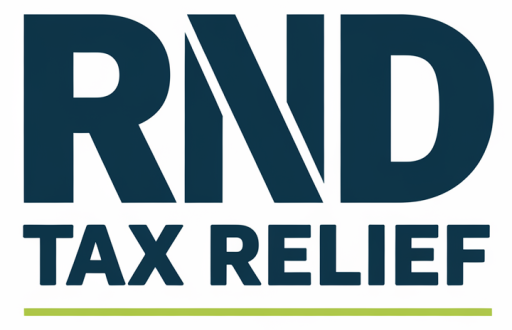What’s a Scientific and Technological Uncertainty?
Scientific and Technological Uncertainty
Research and Development (R&D) tax relief is a valuable incentive designed to reward businesses for innovation. Whether your company is refining an existing product, developing new software, or improving processes, there’s a good chance that your work could qualify. Despite this, many businesses miss out, often because they don’t realise their projects meet the criteria.
One of the key requirements for an R&D claim is that your work must involve tackling a scientific or technological uncertainty. This term can feel vague, but understanding it properly could mean the difference between receiving a substantial tax benefit or overlooking what you’re entitled to. Let’s break it down and see how it might apply to your business.
What Does Scientific and Technological Uncertainty Actually Mean?
In simple terms, an uncertainty exists when a competent professional in the field cannot readily work out how to achieve a particular result. It’s not about solving problems that already have a known solution, even if that solution is difficult to find. Instead, it’s about pushing boundaries, where the outcome is genuinely unknown and cannot be easily determined by someone experienced in the field.
Think of it this way: if your business is working on a project where the solution is not obvious, and you’re having to experiment, test, and develop new knowledge or techniques to get there, you could be dealing with scientific or technological uncertainty.
Real World Examples of Scientific and Technological Uncertainty
Many businesses assume R&D tax relief is only for industries like pharmaceuticals or aerospace. In reality, it applies to a vast range of sectors, from food production to construction and software development. Here are a few examples of what might count:
- Manufacturing & Engineering: A company developing a new type of lightweight but highly durable material for use in construction faces challenges around ensuring it meets safety and regulatory standards. If existing solutions don’t provide the necessary combination of strength and weight reduction, and new approaches must be developed through testing and innovation, this could be classed as scientific uncertainty.
- Software Development: A business creating a new software system that integrates multiple platforms in a way that hasn’t been done before might face technological uncertainty. If the available technology doesn’t support the integration, and developers must create new algorithms or data structures to make it work, this qualifies as R&D.
- Food Production: A bakery developing a gluten-free dough that retains the texture and taste of traditional bread may struggle with existing ingredients and processes. If the solution isn’t readily available and requires extensive testing and formulation, this could fall under technological uncertainty.
How Do You Know If Your Work Qualifies?
Identifying whether your project involves scientific or technological uncertainty requires asking a few key questions:
- Is the problem you’re trying to solve something that others in your industry haven’t already figured out?
- Do existing methods or knowledge fall short in providing a solution?
- Are you developing new techniques, materials, or systems that go beyond routine improvements?
- Would a qualified professional in your field struggle to find an immediate and obvious answer?
If the answer to these questions is yes, then there’s a strong possibility your work qualifies for R&D tax relief.
Common Misconceptions About R&D Tax Relief
Despite the potential benefits, many businesses wrongly assume they’re not eligible. Some of the most common misconceptions include:
- “We’re not in a high-tech industry” R&D tax relief isn’t just for cutting-edge science. Businesses in construction, agriculture, textiles, and even retail have made successful claims.
- “We didn’t invent something brand new” You don’t need to create a world-first product. If you’re solving technical problems or making meaningful improvements, your work might qualify.
- “We didn’t succeed” Even unsuccessful projects can be eligible, as long as they involved an attempt to resolve uncertainty.
How to Claim R&D Tax Relief
If your business has undertaken a project that involved overcoming a scientific or technological challenge, it’s worth looking into a claim. The process involves:
- Identifying eligible projects Reviewing work undertaken in the last two financial years to see if it meets the criteria.
- Documenting your activities Keeping records of experiments, prototypes, or technical discussions can help support your claim.
- Calculating eligible costs This includes staff wages, materials, subcontractor costs, and utilities used in R&D.
- Filing your claim with HMRC Either through your corporation tax return or as an amendment to a previous submission.
Don’t Miss Out, Take Action Today
Many businesses are unknowingly leaving money on the table by failing to claim R&D tax relief. If you’re unsure whether your work qualifies, the best thing to do is seek advice. A quick review of your projects could reveal that your business is entitled to a significant tax reduction or even a cash repayment.
Understanding scientific and technological uncertainty doesn’t have to be complicated. If your company is solving problems where the answer isn’t readily available, there’s a strong chance you could claim. Don’t let misconceptions hold you back – take the next step and explore whether your business could benefit.
Get in touch today to find out how R&D tax relief could work for you.







